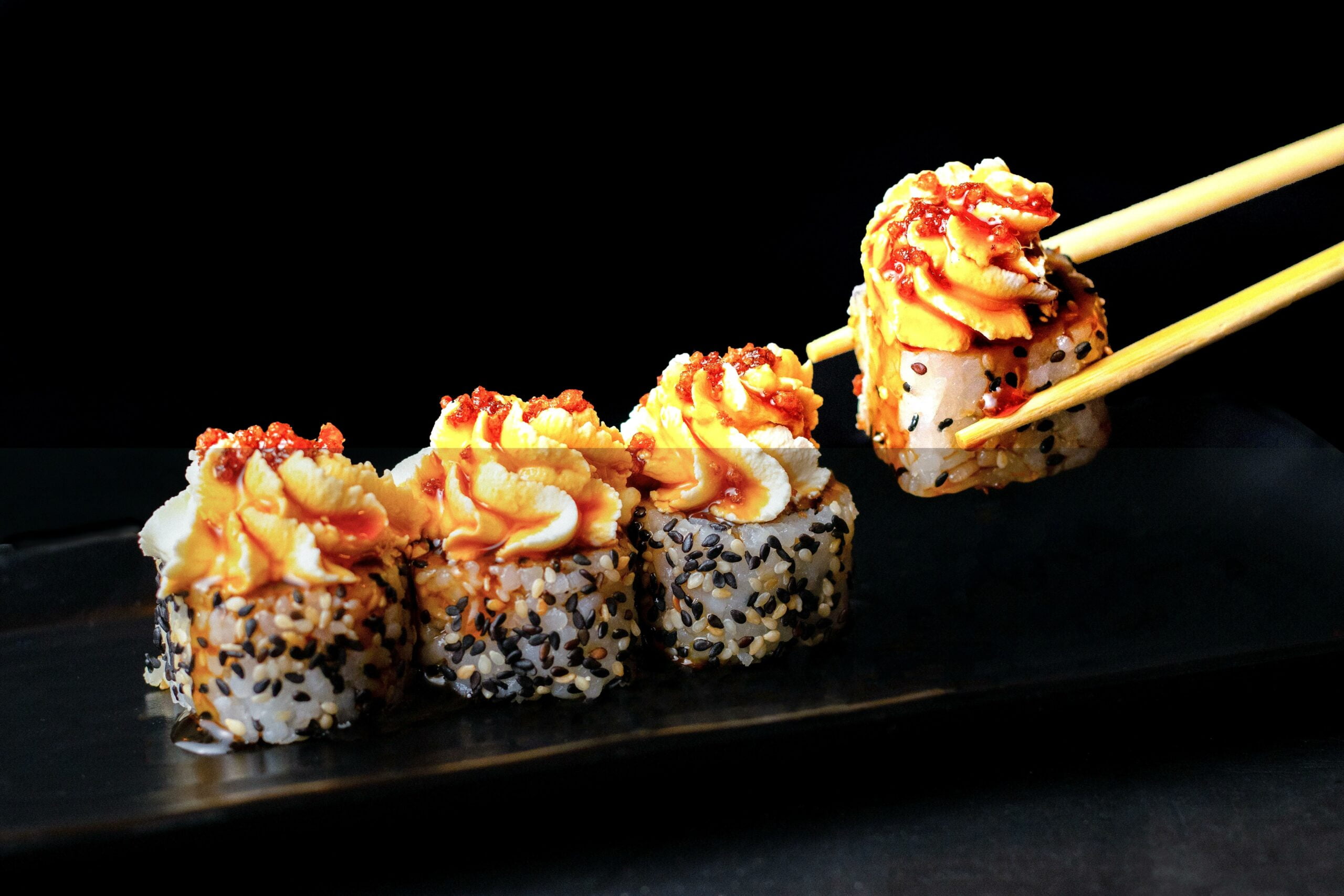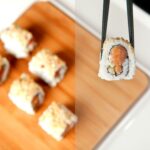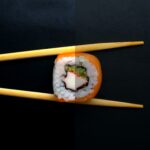Are you ready to embark on a mouthwatering journey through the world of sushi rice? Look no further, as this article will serve as your ultimate guide to all things sushi rice. Delve into the origins, preparation methods, and key components of this essential ingredient in Japanese cuisine. As a seasoned culinary expert with a deep understanding of traditional Japanese cooking techniques, I am thrilled to share my knowledge and expertise with you. Whether you’re a sushi connoisseur or a curious foodie, get ready to unravel the secrets of sushi rice that will elevate your dining experience to new heights. Let’s dive in!
Sushi Rice Information
As a seasoned culinary expert with extensive experience in Japanese cuisine, I’m here to share with you all the essential information about sushi rice. Sushi rice is the foundation of sushi and plays a crucial role in creating the perfect balance of texture, flavor, and seasoning. So let’s dive into the origins, preparation methods, and key components of sushi rice!
Origins and Varieties
Sushi rice, also known as su-meshi or vinegared rice in Japanese, is a type of rice that is prepared by combining cooked short-grain Japanese white rice with sugar, salt, and vinegar. It is the vinegar-flavored rice used exclusively for making sushi. Traditionally, sushi rice was made by cooking Japanese short-grain rice with kombu (kelp) and then seasoning it with a mixture of rice vinegar, sugar, and salt.
Preparation Methods
To prepare sushi rice, start by washing the short-grain rice to remove any excess starch. Then, cook the rice either on a stovetop or using a rice cooker. Once the rice is cooked, it is important to mix in the seasoning while the rice is still hot. The seasoning typically includes rice vinegar, sugar, and salt. The vinegar helps to give the sushi rice its distinct flavor and also provides the necessary stickiness for shaping the sushi.
Key Components
The key component of sushi rice is, of course, the rice itself. Japanese short-grain rice is the preferred choice for making sushi rice due to its stickiness and ability to hold the shape of the sushi. When cooking sushi rice, it is important to achieve the right balance of flavors with the seasoning mixture. The vinegar adds a tangy taste, the sugar provides a touch of sweetness, and the salt enhances the overall flavor. It is this delicate balance of flavors that makes sushi rice so irresistible.
Now that you have a better understanding of sushi rice, let’s summarize the key points:
“Sushi rice, also known as su-meshi or vinegared rice, is the foundation of sushi. It is prepared by combining cooked short-grain Japanese white rice with sugar, salt, and vinegar. Japanese short-grain rice is the preferred choice due to its stickiness. The seasoning mixture of rice vinegar, sugar, and salt provides the perfect balance of flavors.”
Sushi Rice: Pros and Cons
Pros:
- Sushi rice provides the necessary stickiness and texture for making sushi.
- It has a delicate balance of flavors from the vinegar, sugar, and salt seasoning.
- Sushi rice is versatile and can be used in a variety of sushi rolls and nigiri.
Cons:
- Sushi rice requires proper preparation and seasoning to achieve the right taste and texture.
- It may not be suitable for those with dietary restrictions on sugar or salt intake.
To summarize the pros and cons:
“The pros of sushi rice include its stickiness, flavorful seasoning, and versatility in sushi preparations. However, proper preparation is necessary, and individuals with dietary restrictions should be mindful of sugar and salt intake.”
In conclusion, sushi rice is an essential component in the world of sushi. Its origins, preparation methods, and key components all contribute to creating the perfect rice for delicious and authentic sushi. Whether you’re a sushi enthusiast or looking to try your hand at making sushi at home, understanding sushi rice is crucial to achieving the best results.
So, explore the world of sushi rice, experiment with different flavors, and enjoy the wonderful art of sushi-making!
Sushi rice is not just your ordinary rice. It has a fascinating history and some unique characteristics that make it the perfect companion to fresh seafood and flavorful ingredients. If you want to explore the world of sushi rice and learn some interesting facts about it, click here: facts about sushi rice. Discover the secrets behind its sticky texture, the precise cooking techniques required to achieve the perfect grain consistency, and the importance of using the right type of rice for sushi. Let your curiosity guide you on this culinary journey as you delve into the intriguing world of sushi rice. Start your adventure now by clicking the link!
FAQ
Q: What is sushi rice?
A: Sushi rice is a preparation of rice made by combining cooked short-grain Japanese white rice with sugar, salt, and vinegar. It is the foundation of sushi and provides the sticky texture and flavor required for making various types of sushi.
Q: What type of rice is used to make sushi rice?
A: Sushi rice is made with Japanese short-grain rice, although medium grain rice can also be used in some cases. It is important to use the right type of rice to achieve the desired texture and flavor in sushi.
Q: How is sushi rice made?
A: Sushi rice is made by cooking Japanese short-grain rice and then mixing it with a combination of vinegar, sugar, and salt while it is still hot. This seasoning gives the rice its distinct flavor and sticky texture.
Q: What is the traditional method for making sushi rice?
A: Traditionally, sushi rice is made by cooking Japanese short-grain rice with kombu (kelp) and then seasoning it with a mixture of rice vinegar, sugar, and salt. This method infuses the rice with umami flavors from the kombu.
Q: What is the purpose of sushi rice?
A: Sushi rice is the base for making sushi and provides the necessary texture and flavor to hold the ingredients together. It is essential for creating the characteristic taste and experience of sushi.
- China II Review: Delicious Food & Speedy Service - April 17, 2025
- Understand Virginia’s Flag: History & Debate - April 17, 2025
- Explore Long Island’s Map: Unique Regions & Insights - April 17, 2025
















